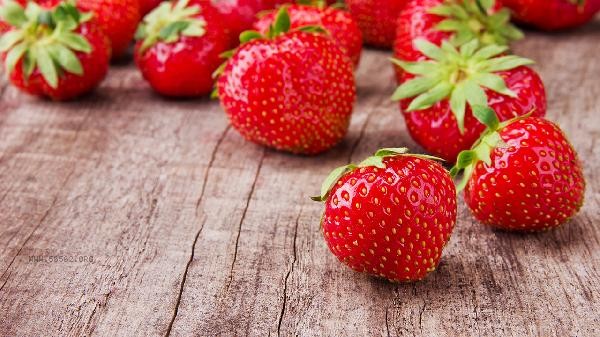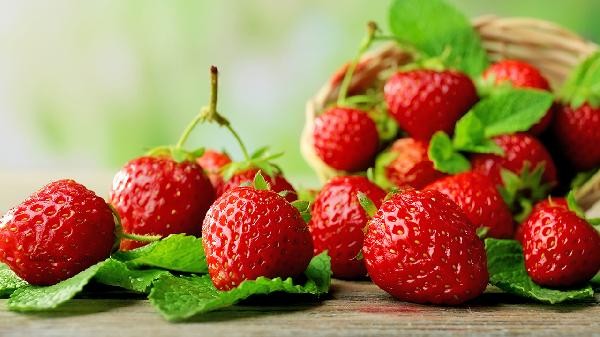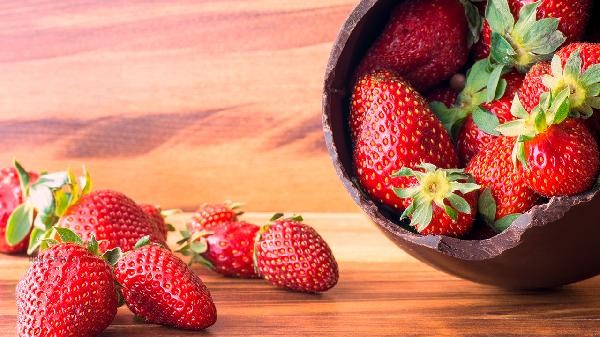Strawberries usually produce 2-3 harvests per year, and the specific number of harvests is influenced by factors such as variety characteristics, climate conditions, and cultivation management. Strawberries cultivated in the open air are usually harvested once a year under natural conditions, mainly in spring when they bear fruit. After the temperature rises in spring, strawberry plants enter a vigorous growth period, and fruit is formed after flower bud differentiation. This crop has a higher yield and better quality, making it the main harvest period for strawberries. Strawberries in northern regions tend to ripen in May June during spring, while in southern regions they may ripen earlier in April May. Strawberries grown in greenhouses or greenhouses can achieve multiple fruiting times a year. Through temperature regulation, light management, and water and fertilizer control, strawberry plants can be induced to bloom and bear fruit again in autumn. The fruits harvested in autumn generally mature in September October, and their quality is slightly inferior to that in spring. In regions with warm climates, well managed strawberries may still produce a third crop of fruit, but the yield will significantly decrease.

The number of strawberry fruiting seasons is closely related to the characteristics of the variety. Four season strawberry varieties have the characteristic of continuous flowering and fruiting, and can achieve multiple harvests under suitable conditions. The results of ordinary strawberry varieties have obvious seasonality. During the cultivation process, attention should be paid to reasonable planting, scientific fertilization, and timely prevention and control of pests and diseases. These measures can help improve the yield and quality of strawberries. After harvesting, old and diseased leaves should be promptly cleaned to promote the growth of new leaves and prepare for the next harvest.










Comments (0)
Leave a Comment
No comments yet
Be the first to share your thoughts!